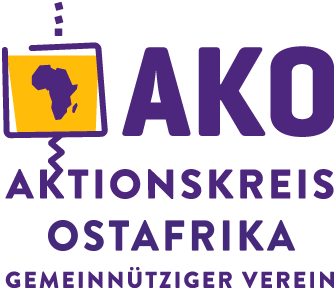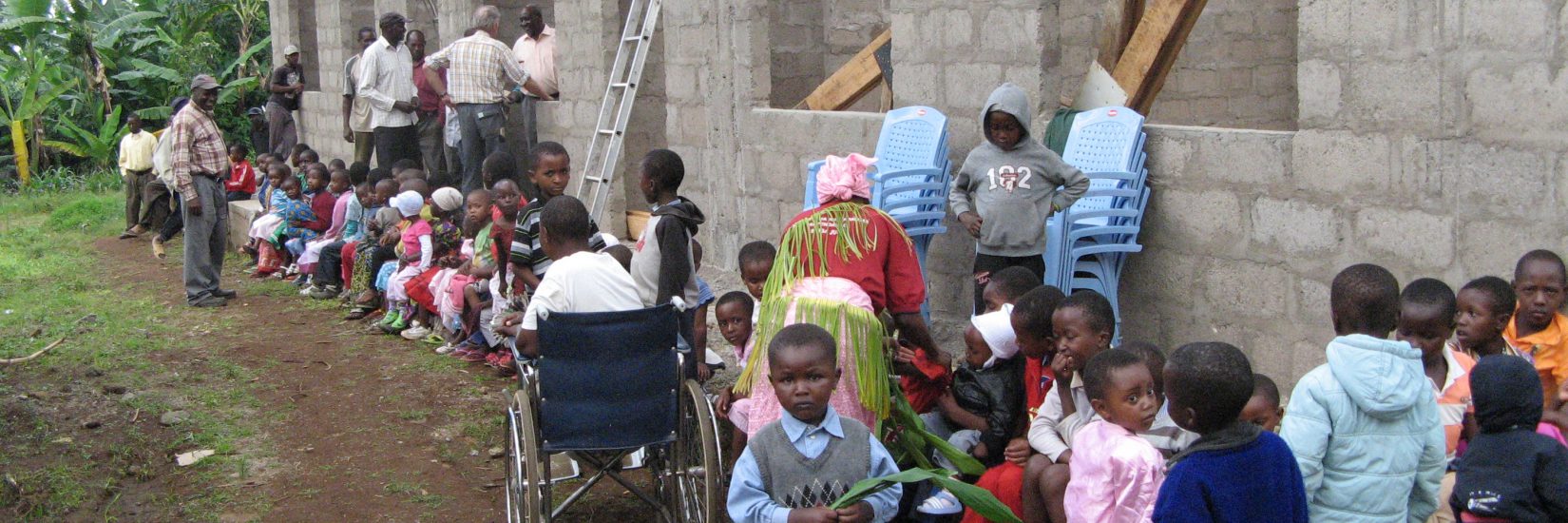Tanzania
is viewed by us Europeans as a fascinating and challenging adventure. We expect various experiences such as sandy beaches, safaris in the great national parks with a fascinating variety of animal life, Kilimanjaro and the East African Rift, extensive steppe and great lakes as well as tall, thin Maasai with spears and red cloaks. Yet, due to the crushing poverty and high debt, the country threatens to fall further behind.
The Country
The United Republic of Tanzania is an amalgamation (1964) of Tanganyika on the mainland and the island of Zanzibar. With a combined area of 945,000 sq km, Tanzania is almost three times as big as the Federal Republic of Germany (357,000 sq km). The geographical location of Tanzania close to the equator produces very different climate zones. In the coastal regions a tropical climate prevails, on the central plateau a moderate climate with alternating great drought and aridity and intensive rainfall and flooding in the rainy season. Only 3% of the land is used for agriculture.
The People
54.2 million people live in Tanzania, approximately 130 ethnic groups, 60% of which are of the Bantu tribes. They speak 126 different languages and dialects. The most widely spoken language is Swahili (Kiswahili) (93%). The annual birth rate is 37 births per 1,000 residents as opposed to only 11 births in developed countries. The population growth amounts to 3.2% (Source: Foreign Office; Country Information Tanzania). There are 7 deaths per 1,000 residents as opposed to 10 in developed countries. The infant mortality rate in the first year amounts to 43 per 1,000 births as opposed to 5 in developed countries. Women have an average of 5.2 children and families often consist of 8-10 people. In developed countries, women have 1.7 children on average. 45% of Tanzanians are under 15 years old. As a result, many children must leave their families very early and live on the streets. In the cities, street children are one of the biggest social problems. The average life expectancy in Tanzania amounts to 64 years (men) as opposed to 68 years in other developing countries and 76 years in developed countries. These values lead to the prognosis that for Tanzania alone, the population will grow by almost 27 million people in the next 14 years to 81.5 million. In another 20 years, in 2050, Tanzania alone will have a population of 134.8 million people. For Africa as a whole, population growth is predicted from 1,203 million people today to 2, 527 million. In the same time period of 35 years, the population in developed countries will remain around 1,300 million people (Source: DSW (German World Population Foundation) data report 2006; www.dsw.org).
Basic Supplies
Poverty and a lack of education are the greatest problems in the country. The real income in Tanzania amounts to US$695 (2014) as opposed to US$21,170 in Germany (1997). The large families live mostly on what they produce themselves. Because of the great poverty, their diet is extremely modest. Only 36% of all Tanzanian households have a walk of less than 15 minutes to collect water. The health and education systems in Tanzania suffer heavily due to the financial problems of the state. According to the national average, there is one doctor for every 33,000 residents.
The State
Tanzania is a federal republic with 25 provinces (regions) with a certain amount of independence. The capital city is Dodoma. The seat of the government and economic centre is Dar es Salaam. The road network is scarcely developed. There are hardly any rail connections. Telephone networks exist only in and around the cities. Between the cities and in open country, there are radio connections.
The Economy
Despite an economic growth of 7%, Tanzania belongs to the poorest countries in the world. In the Human Development Index 2014 of the United Nations Development Programme (UNDP), Tanzania ranked 159th out of 187 countries (Source: Foreign Office; Country Information Tanzania). Agriculture amounts to 56% of the GNP and 85% of export. Industrial production (15% of GNP) is almost exclusively for processing agricultural products. The rate of inflation in 2009 stood at 21.1% and in 2014 5%.
The great poverty of the country has led to an unsustainable mountain of debt, which has paralysed social and economic development. The government has adopted a poverty reduction programme.



